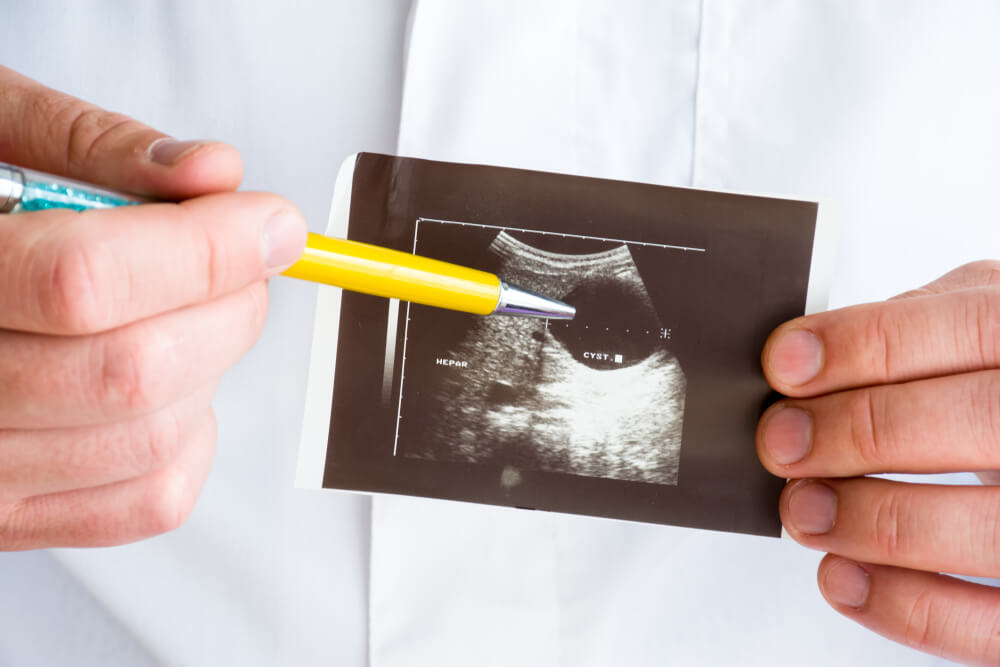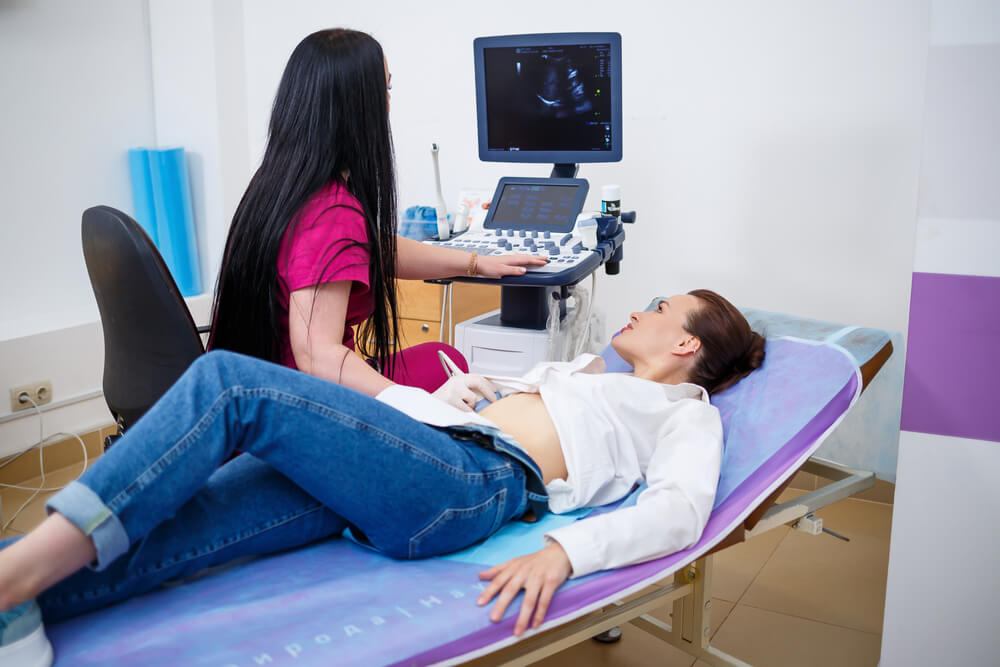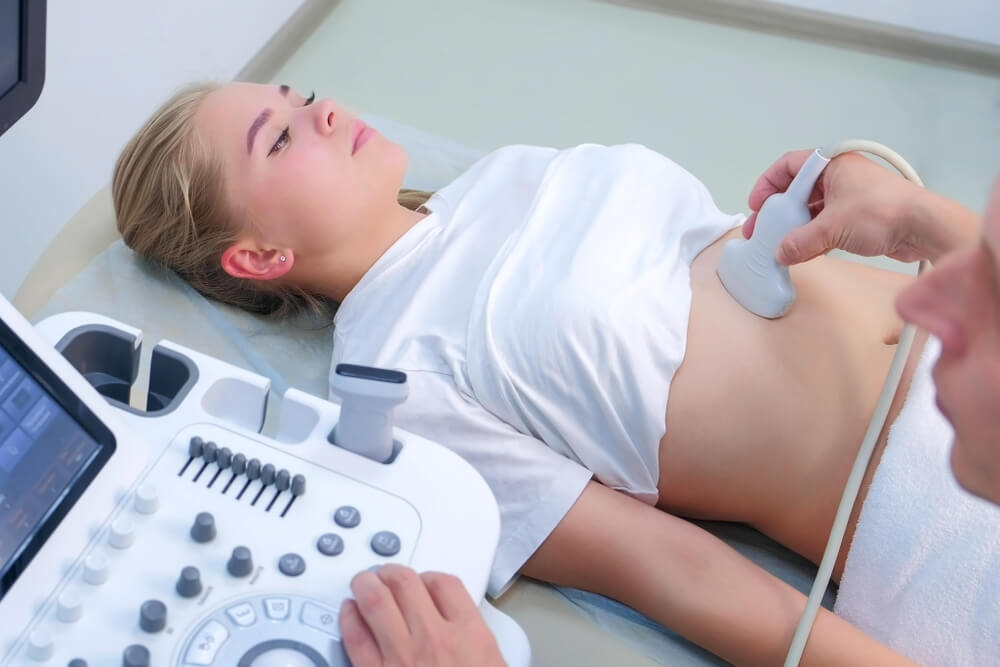Liver ultrasound is crucial as it checks the liver’s blood flow inside the portal and hepatic veins. The hepatic veins travel from the liver to the heart before being emptied. Therefore, showing their vital role within the body and why they must be checked.
Those that suffer from cirrhosis, hepatitis, other liver conditions, or received blood tests highlighting the rise of specific enzymes inside the organ, may be asked to take a liver scan. This allows doctors to test the liver tissue’s functionality.
What is liver ultrasound fasting? How long does an ultrasound take? What will the results show? Read on to find the answers to these questions, and many more, helping you become sufficiently prepared for the examination.
How Long Will It Be Before I Get the Results?
Waiting for the results to come in can be a nervous and stressful time. As radiologists need to examine the scan and produce a detailed report on the findings before letting you know, it can take some time. Luckily, you will get the results from the liver ultrasound between two working days up until two weeks at a maximum.
How Long Does an Ultrasound Take?
One of the top questions on every patient’s mind is: How long does an ultrasound take? It is an easy and painless process, and on average, the liver ultrasound should take no longer than 30 minutes to complete. Saying this, if a more detailed screening is required, it will take considerably longer.
What Occurs During an Ultrasound Exam?
Read below to find out everything that happens during a normal liver ultrasound exam, in this step-by-step guide.
- At the start of the exam, a hypoallergenic, odor-free, warm gel will be gently lathered onto the abdomen.
- The sonographer who will be performing the examination will move a transducer around the abdomen and rib cage area. The transducer will take pictures of your liver and surrounding organs, producing the ultrasound.
- During the examination, you will be asked to maintain a continuous breathing pattern, and in some cases, to perform several different breathing techniques to get the best images.
- You will be asked to lay in a variety of different positions, and may even have to stand up to get in the best place possible for the image during the normal liver ultrasound.
- Whilst it is taking place, you may experience minimal pressure when the sonographer is performing the screening.
- After this, a radiologist may enter the room and talk to you about the results. If not straight away, they will provide the written results at a later date.
Preparing for Your Exam?
Here is a breakdown of the essential steps that must be met before your liver scan takes place.
- Do not consume any food or liquid for eight hours before the test; water is sometimes allowed. However, this is average and the doctor may advise a different amount of time. (see below for more information)
- Ensure to arrive 15 minutes before your allocated appointment time.
- Wear clothes that fit comfortably.
- Take the mandatory medications that have been prescribed beforehand.
What Does a Liver Ultrasound Scan Show?

Those curious about knowing: What does a liver ultrasound scan show? Read the following carefully.
Health professionals are able to analyze any abnormalities that have occurred from the normal liver ultrasound. Furthermore, it can accurately determine the difference between cysts and solid masses. This is due to cysts containing fluid with a thin outer wall making the center of them show up darker on an ultrasound of the liver. Both cysts and solid masses must be evaluated carefully.
Certain liver diseases such as hepatitis, cirrhosis, and fatty liver (steatosis) can be reviewed in great detail from the ultrasound of the liver. For example, individuals suffering from a fatty liver will exhibit brighter features in the fatty liver ultrasound. Whereas, persons with hepatitis will show a dimmer than average color from the scan. Cirrhotic livers appear lumpy and shrunken. All of which show the difference between a normal vs abnormal liver ultrasound result.
When the exam is used with another testing method called elastography, the elasticity of it is tested, along with, the level of fibrosis. Indicating the difference between a normal vs abnormal liver ultrasound outcome.
Any fluid and dilated bile ducts in close proximity to the liver are likely to appear showing the difference between a normal vs abnormal liver ultrasound finding. Along with other organs showing up such as part of the pancreas, right kidney, and gallbladder.
All the information mentioned includes the main parts of what does a liver ultrasound scan shows.
Words to Learn Before Reading Your Report
There are lots of confusing radiologist words you need to be aware of to properly understand your liver scan report. Have a look at the below list to familiarize yourself with these terms.
Echogenicity – A liver is echogenic or has echogenicity if the echoes look whiter than the average ones.
Lesion – A lesion is an area in the organs or the tissue where significant damage has been made. This can range from just being an ulcer, to in worst cases, a tumor.
Hypoechoic – This is where the liver is seen to be more dense or solid than is found normally.
Ascites – This is where a large buildup of fluids appears in the abdomen area.
Calculi – If the examination picks up on kidney stones, the report may mention a build-up of calculi.
What Is an Echogenic Liver?
Echogenic liver occurs when the echoes from the ultrasound seem brighter than average. If it is very bright, it could mean that you have fatty liver, cirrhosis, or chronic hepatitis. Infectious diseases are also known to make the organ look brighter. Catching an echogenic liver early is really important in stopping your health from getting worse.
Are Further Tests Needed?
There are a variety of reasons as to why you should get further tests done. Getting a fatty liver ultrasound will still provide you an overview of your organ, however, if you are interested in getting a more in-depth look into your liver fat, it may be a good idea to get an MRI scan, instead of a fatty liver ultrasound. MRI scans are much more detailed when it comes to picturing the intended area, and can even work out the percentage of fat.

Understanding Liver Ultrasound Fasting
As previously touched on, individuals are required to avoid food and drinks for roughly eight hours in preparation for the ultrasound of the liver. Keep in mind that eight hours is a guideline and the doctor will inform you precisely the period needed. In some cases, individuals have been asked to go without food or drinks for twelve hours. Liver ultrasound fasting should not be taken lightly.
The reason for liver ultrasound fasting is because liquids and foods in your system, in particular your stomach, can distort the outcome of the exam. The practitioner may not be able to gain a clear picture of the liver and other related points in the abdomen rendering the examination inconclusive.
Always consult the doctor as to whether drinking water and medications are possible during this preparation time.
Gaining the Result
After the test has been carried out, the results will be analyzed and discussed with you at a convenient time.
If the results come back negative of any abnormalities, the doctor won’t advise extra screenings are necessary.
Outcomes that indicate possible issues that have been identified will be presented by the medical professional, along with, a suitable treatment plan. Additional ultrasounds may be needed during this time. Thereby, check if the treatment is reacting well to the complication.
Concluding Thoughts on the Examination
We’ve covered a lot of fundamental information regarding the following scan. By becoming better-informed, individuals will be more comfortable in knowing what to expect during the process.
Always remember to consult the doctor regarding any queries you may want to be answered.
Live in Hialeah, Florida, or the surrounding area? The Carreras Medical Center and its highly qualified practitioners are on hand to deliver treatments and examinations you may need, including this one. Book an appointment today.


